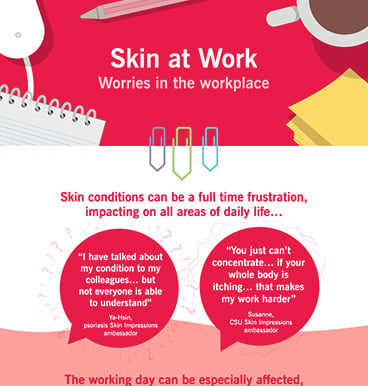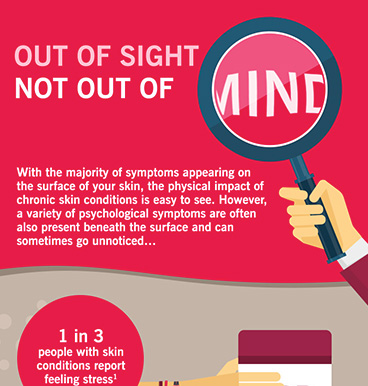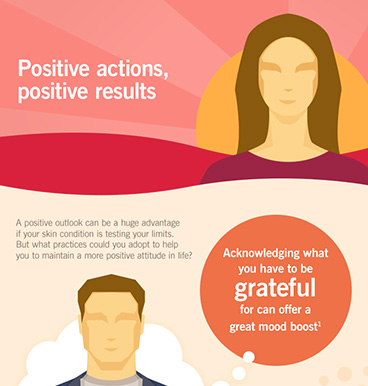When talking about and describing your condition, it can be difficult finding the right words to accurately explain what you are suffering from. Be it with a friend, family member, colleague or more importantly, your doctor.
Wouldn't it be good to know the common terms associated with describing your chronic spontaneous urticaria, or CSU? Using the same language can definitely make things easier when speaking to your doctor. To ensure you're both on the same page, to understand your symptoms, help get the right diagnosis, and also to receive the right treatment.
So what's in a name?
Chronic spontaneous urticaria (CSU)
CSU is defined by an itchy, raised rash on your skin that suddenly appears and lasts at least 6 weeks. Sometimes it can be accompanied by a swelling in the deep layers of the skin, known medically as angioedema, for instance in places like your lips and eyelids.1
It is called chronic because it stays with you for 6 weeks or longer and, whilst the disease can go away, there is currently no cure.
It is spontaneous because it suddenly appears and can flare up without warning, and unlike an allergy, has no known external triggers.
CSU is also known by two other terms. The old name for the disease is 'chronic idiopathic urticaria', or CIU, and is still used by some doctors, particularly in the USA. Idiopathic is simply a medical word that means the cause of the condition is uncertain. 'Chronic urticaria' is another term you may hear, but this also includes other conditions that are similar to CSU but are not considered spontaneous, because they have a known trigger.
The rash
People with CSU will frequently experience raised, itchy bumps. Naturally, most people call this a rash. In some countries, like Germany and the UK, it has been called 'nettle rash' as it looks very similar to the reddish, itchy rash resulting from contact with stinging nettles.2 Your doctor however, will probably call it urticaria - which we'll talk about next.
Hives (urticaria)
Hives is the most common word used by doctors to describe the rash, but they might also call them wheals, welts or just urticaria.
Not everyone's hives look the same. There are different factors to consider:









Join one of our communities
and connect with other people with severe skin conditions
Psoriasis facebook community